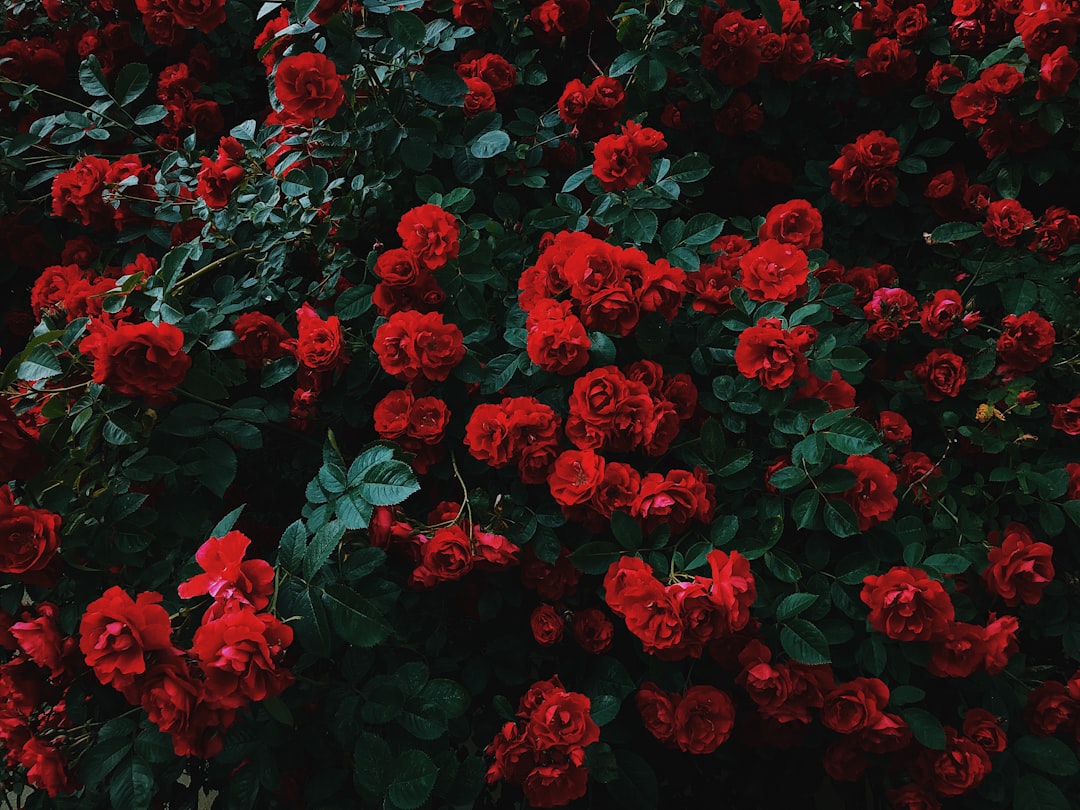A vibrant, blooming garden is every gardener’s dream, and one simple yet highly effective technique to achieve this is deadheading. Deadheading not only keeps your garden looking tidy but also encourages plants to produce more flowers. Whether you’re a seasoned gardener or a beginner, understanding the art of deadheading can make a big difference in the appearance and health of your plants.
In this post, we’ll explore what deadheading is, why it’s important, and how to do it effectively to keep your garden thriving.
What Is Deadheading?
Deadheading is the process of removing spent or faded flowers from plants. While it may seem like an aesthetic choice, deadheading serves a much greater purpose. Many plants naturally produce flowers to attract pollinators, which then leads to seed production. Once seeds form, the plant often slows down or stops producing new blooms.
By removing the spent flowers before seeds develop, you’re encouraging the plant to redirect its energy toward producing more flowers instead of seeds.
Why Deadheading Is Important
1. Encourages Continuous Blooming
Deadheading tricks the plant into thinking it needs to produce more flowers for reproduction. This results in extended blooming periods and a more vibrant garden throughout the season.
2. Improves Plant Health
Removing dead or faded flowers helps prevent pests and diseases that might thrive on decaying plant material. It also improves air circulation around the plant, reducing the risk of fungal issues.
3. Keeps the Garden Looking Tidy
Spent blooms can make your garden look untidy and neglected. Regular deadheading keeps your plants looking fresh and attractive.
4. Prevents Unwanted Self-Seeding
Many flowering plants can self-seed, leading to unwanted or invasive seedlings the following season. Deadheading prevents this by removing flowers before they go to seed.
5. Supports Better Growth
By redirecting the plant’s energy from seed production to foliage and bloom growth, deadheading promotes healthier, bushier plants.
How to Deadhead Effectively
Deadheading is simple, but a few tips can make the process more effective:
1. Identify Plants That Benefit from Deadheading
Not all plants require deadheading. Some, like impatiens and begonias, naturally drop their spent blooms. However, many popular garden flowers benefit greatly from deadheading, including:
- Roses
- Petunias
- Marigolds
- Zinnias
- Dahlias
- Geraniums
- Coreopsis
2. Use the Right Tools
- Fingers: For delicate flowers like petunias, you can pinch off the spent blooms with your fingers.
- Pruners or Scissors: For tougher stems, such as those on roses or daisies, use a clean pair of pruning shears or scissors.
3. Know Where to Cut
- Look for the base of the faded flower. Cut or pinch just above the first set of healthy leaves, stems, or buds.
- For plants that bloom on long stems (like roses), cut back to a five-leaflet leaf or the next healthy bud.
4. Deadhead Regularly
Make deadheading a part of your routine. Check your garden once or twice a week to remove any faded blooms.
5. Dispose of the Debris
Place the removed flowers in your compost pile or garden waste bin. Avoid leaving them on the ground as they may attract pests or spread disease.
Plants That Don’t Require Deadheading
Some plants are “self-cleaning,” meaning they shed their spent blooms on their own. Examples include:
- Lantanas
- Impatiens
- Begonias
- Fuchsias
Additionally, some plants, like sunflowers, produce seeds that attract birds and wildlife. In such cases, you may want to leave the spent flowers in place.
Deadheading Tips for Specific Plants
1. Roses
For repeat-blooming roses, cut spent blooms back to a five-leaflet leaf or the next healthy bud. This encourages the plant to produce more flowers.
2. Perennials
Deadheading perennials like coreopsis or coneflowers can extend their bloom time. For plants that bloom once a season, like peonies, remove the spent blooms but avoid cutting back too much foliage.
3. Annuals
Annuals like petunias and marigolds thrive with regular deadheading, ensuring continuous blooms throughout their short life cycle.
4. Bulbs
For bulb plants like tulips or daffodils, remove the faded flowers but leave the foliage intact. The leaves help the bulb store energy for the next season.
Deadheading and Wildlife
While deadheading is great for keeping your garden blooming, consider leaving some seed heads on plants like sunflowers, coneflowers, and asters if you want to attract birds. These seed heads provide a natural food source for wildlife and can also add visual interest to your garden in the fall and winter.
When to Stop Deadheading
As the growing season comes to an end, you may want to stop deadheading to allow some plants to go to seed. This can help you collect seeds for next season or allow self-seeding plants to replenish naturally.
Conclusion: Deadheading for a Flourishing Garden
Deadheading is a simple yet impactful gardening technique that can transform your garden. By removing spent blooms regularly, you’ll encourage your plants to produce more flowers, stay healthier, and look tidier. Whether you’re tending to roses, annuals, or perennials, mastering the art of deadheading will ensure your garden remains vibrant and full of life throughout the growing season.
Take some time this week to walk through your garden, snip away the spent blooms, and watch as your plants reward you with even more beauty and color!
What are your favorite plants to deadhead? Share your tips and experiences in the comments below!

Comments
No comments yet. Be the first to comment!
You must be logged in to comment. Login